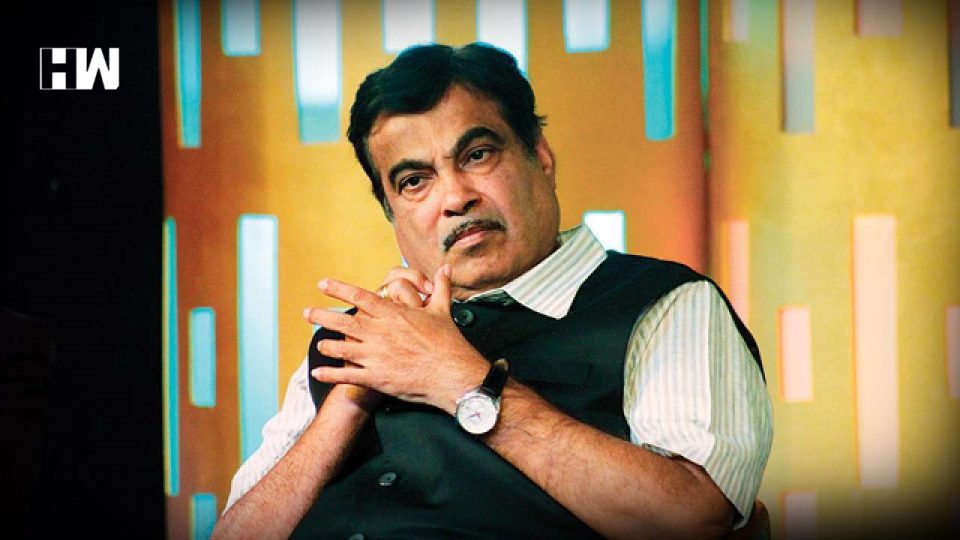“With its debt having ballooned to seven times in five years. NHAI now faces a deep financial crisis, with its road projects found to be financially unsustainable and unviable”.
Infrastructure development has been a key agenda of the Modi government, with its promise to invest a stunning Rs.100 lac crores in the sector in 5 years. A lot of this was to go into the construction of roads and highways. The confidence with which this significant investment was announced meant that the government had already planned the funds to finance this ambitious program, to reduce India’s huge infrastructure backlog. In the first five years of Modi 1.0, the government invested in roads construction at a furious pace, spearheaded by the NHAI. But the reality of the weak and fragile state of the government finances and of the continuing slowdown in the India economy is now deflating NHAI’s plans and projects. With its debt having ballooned to seven times in five years.
NHAI now faces a deep financial crisis, with its road projects found to be financially unsustainable and unviable. With its debt expected to touch Rs.250,000 cr. by March 2020, and NHAI now struggling to even meet its interest costs, NHAI’s financial crisis is imminent and evident. The entire finances and state of affairs of NHAI are now under review by the PMO, which has asked the NHAI to stop investing in and constructing highways, calling it an unplanned and excessive expansion.
It was a troubled NHAI, beset with problems of stalled projects, contractor disputes, corruption and unending arbitrations, that the UPA bequeathed to the NDA. At that time the NHAI used to award road projects to the highest bidder, who then constructed the road, collected toll and after the money was recovered, handed the project to the government. But it was ridden with corruption, incomplete/delayed projects due to the government’s inability to acquire land and disputes indefinitely stuck in arbitration and courts. Road construction had fallen to an all-time low of 1 km per day, against a need of at least 25 km per day.
The Modi government drastically changed the NHAI mode of work, by investing in road projects, either through the EPC model, where it invested the entire project cost, or through the HAM model, where it invested 40% of the project cost as equity, with the other party from the private sector investing the balance 60%. It also awarded contracts only after acquiring land, for which it paid a steep price of 4 times the market price under the Land Acquisition Act, passed by the Congress-led UPA government in 2013. This change in method, did substantially improve the pace of road construction and minimised delays and disputes, but it also saddled NHAI with huge debt.
With a projected debt of Rs.250000 crores by 2020, annual toll income of Rs.10000 crores, yearly interest cost of Rs.25000 crores, the government’ budgetary support to the sector receding, land acquisition constituting 30% of NHAI costs and as against a need to sell and monetise road projects of at least Rs.30000 crores per year, NHAI being able to monetise projects worth Rs.9000 crores only, NHAI’s state of finance is precarious.
With toll and other income from road projects growing at a very slow pace, NHAI is not even earning enough in order to meet its interest costs, repayment of loans being a far cry. Its toll collections also get consumed in meeting costs of road repairs and upkeep. NHAI is clearly overleveraged, with an unsustainable financial model. To add to its worries are contingent liabilities of Rs.63000 crores, which a former NHAI chairman says are at least five times more. These are claims against NHAI are mired in court disputes and arbitration, some of which can go against NHAI. A key issue in NHAI’s deteriorating finances is the falling budgetary support and the huge land cost that it pays.
With NHAI’s state of finances being alarming, the PMO has intervened. Roads infra is a critical part of Modi’s USD 5trn economy target and if the matter is not sorted out immediately then road construction in India will again come to a grinding halt. A key aspect of our infra build-up will suffer.
In yet another change in its business model, the PMO now wants the NHAI to get out of road construction and be a mere asset management company. It also wants the NHAI to revert to its earlier mode of auctioning projects, like it was done in the Congress regime. And while the PMO deals with the NHAI’s precarious finances, the minister in charge Mr. Nitin Gadkari says that being a AAA-rated entity, the NHAI can raise its own funds, as it has always done.
That goes contrary to what the PMO says and so does the CAG, which says that the NHAI’s expenses are too high and it must curtail its debt raising. The larger question on the horizon is that if the NHAI cannot sustain a debt of Rs.2.5 lac crores, then how will government finances bear a project expenditure of Rs.100 lac crores as promised by the PM, most of which will have to be debt-funded.
As an independent media platform, we do not take advertisements from governments and corporate houses. It is you, our readers, who have supported us on our journey to do honest and unbiased journalism. Please contribute, so that we can continue to do the same in future.

